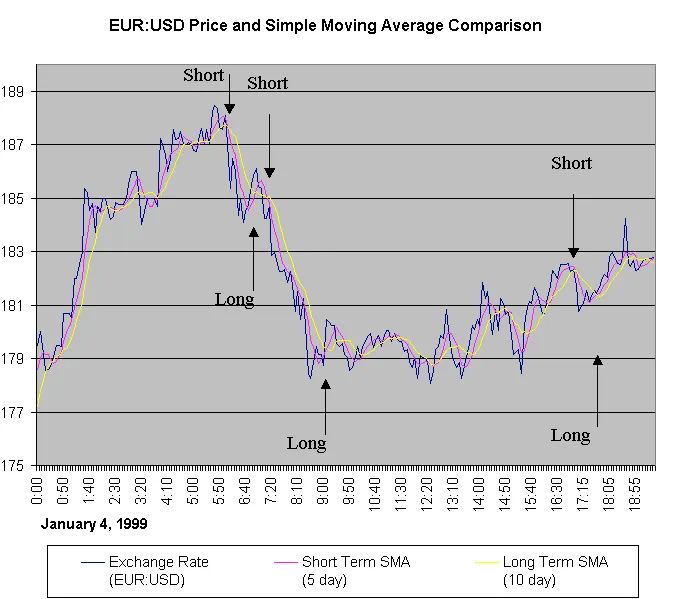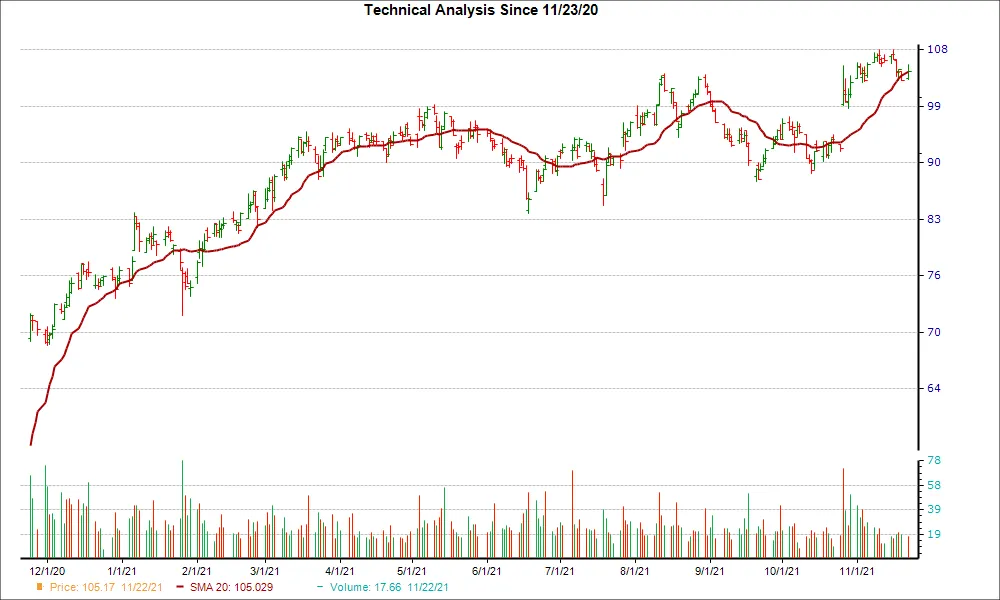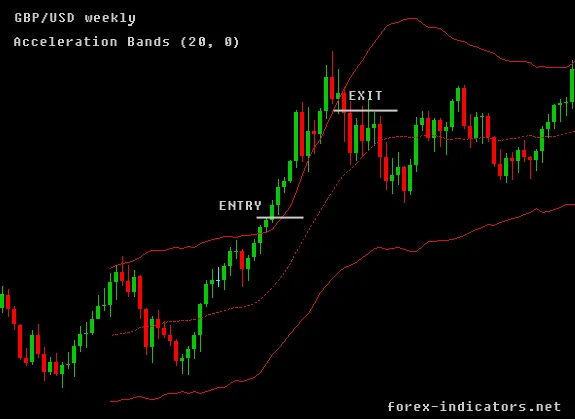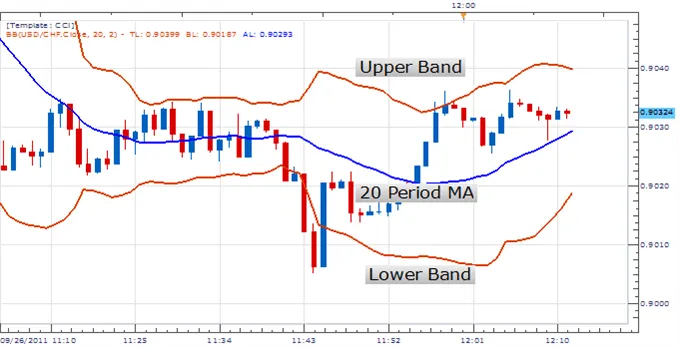What Is Swing Trading?
By Samantha Baltodano
TL;DR:
Swing trading is a short-term trading strategy that involves holding a security for a few days to a few weeks in order to profit from price swings. The best stocks for swing trading are large-cap stocks with high liquidity and volatility.
The success of swing trading can depend on the market environment, with sideways markets being the most favorable and bear markets being the most challenging. Bull markets fall somewhere in between the two.
To be successful at swing trading, traders need to have a good understanding of technical analysis and be able to manage risk effectively.
Factors that can impact the success of swing trading include the trader's risk tolerance, the size of the trade, and the trader's ability to remain disciplined and stick to their trading plan.
What Is Swing Trading?
Swing trading is a short-term trading strategy that involves holding a security for a few days to a few weeks in an effort to profit from price changes or "swings."
The style of swing trading lies somewhere between day trading and trend trading:
- Day trading usually results in very short-term holding periods of less than a single day. Profit per transaction is usually the lowest of the three trading styles.
- Swing trading usually results in short to medium hold periods. Profit per transaction is higher than day trading but lower than trend trading.
- Trend trading usually results in the longest hold periods. Due to low transaction volume, the profits can be highest per position when compared to the other two trading styles.
Swing traders use technical analysis to find short-term price trends and look for opportunities to buy low and sell high. They might also use fundamental analysis to evaluate the underlying strength of a company or other security.
One advantage of swing trading is that it allows traders to capture larger price moves than they would be able to with day trading.
This can potentially lead to larger profits, but it also exposes traders to the risk of holding a security for a longer period of time and being subject to overnight price changes.
To be successful at swing trading, traders need to have a good understanding of technical analysis, including chart patterns and indicators, and be able to identify key support and resistance levels.
They also need to be able to manage risk effectively, including by using stop-loss orders and position sizing.
The Right Stocks for Swing Trading
The first key to successful swing trading is picking the right stocks. There's two key variables to consider when choosing the stocks to swing trade: liquidity and volatility.
The best candidates are large-cap stocks, which are among the most actively traded stocks on the major exchanges.
In an active market, these stocks will have high transaction volume.
If a stock has poor liquidity or doesn't have deep action in a broker's trade book, it may be difficult to sell or may require substantial price discounts to relinquish the shares.
In addition, volatility can be a swing trader's best friend. Without price movement, there are no opportunities to make a profit.
While volatility is often thought of negatively, swing trading relies on volatility to create an opportunity to capitalize on the appreciation of a stock's price.
The stocks that have the highest volatility may be most ideal for swing trading as there's the most opportunities for profit.
The Right Market
Financial markets typically have three prevailing long-term trends: the bear market, the bull market, or somewhere in-between. Swing trading strategies are different under each environment.
Bear Market Swing Trading
Bear market swing trading is among the more difficult for natural buy-and-sell trades.
In an environment where price is on a downward trajectory, equity market prices are decreasing in the long term. So, it is not to your benefit to buy a security and hold it with expectations of price appreciation.
There are a few methods to maneuver around this:
- Shorten your trade period. Instead of holding for weeks, be prepared to have a quicker turnaround on the securities you’re holding.
- Hold more cash. Don’t invest all of your available cash in case the securities you are holding do suffer material price declines.
- Convert to options (by buying puts). Instead of buying now and selling later, the ideal position to hold if you believe prices are declining is to sell a security first, then buy it back later.
Bull Market Swing Trading
Opposite to bear markets, bull market trading may be easier.
As prices tend to appreciate during these market conditions, it's easier to buy a security and experience a profit a short while later.
However, there's a few things to keep in mind when swing trading during bullet markets:
- Entry points are higher. After selling your positions and gaining a profit, chances are greater that general market securities are now more expensive if broad markets have appreciated. Be prepared to pay higher prices for securities.
- Bad habits are formed. It's often said that bad trading habits are formed during bull markets. Continue to do due diligence and market research on the best securities to hold; while it may seem like every security is a winner, this won't always be the case.
- Consider leverage. Leverage trading is not for everyone, and consider your risk appetite prior to leveraging. However, if you are confident in continual appreciation of the markets, you may be able to multiply your position through leverage.
In-Between Market Conditions
The best swing trading conditions occur when financial markets are trading sideways.
When the market is transitioning between bear and bull markets or when the market is facing broad uncertainty, the best positions often present themselves for swing trading.
Several items to consider include:
- Volatility is good. When markets are volatile in both directions, the best swing trades are to be had. When volatility is strictly in one direction (like in bull or bear markets), it is often more difficult to pull off trades.
- Conditions are safest. Not all swing trades work out. In the event that you're stuck holding securities, chances are that sideways market conditions will minimize your losses. Instead of being stuck with securities during strong downtrend conditions, there is often more likelihood of prices rebounding.
Summary
- Swing trading sits in the middle of the continuum between day trading to trend trading.
- Swing traders often enter into a position, hold for days to weeks, then exit their position with having hopefully taken profits.
- The first key to successful swing trading is picking the right stocks which are often volatile and liquid.
- Swing trading is contingent on market conditions, though there are different trades for every market type.
- Swing trading relies heavily on technical analysis, an understanding of price channels, and uses simple moving averages.
Swing Trading Strategies is just some of many strategies that Archaide automates. For a full list of strategies and studies available click here.
Like what you read? Check out the rest of our content!




